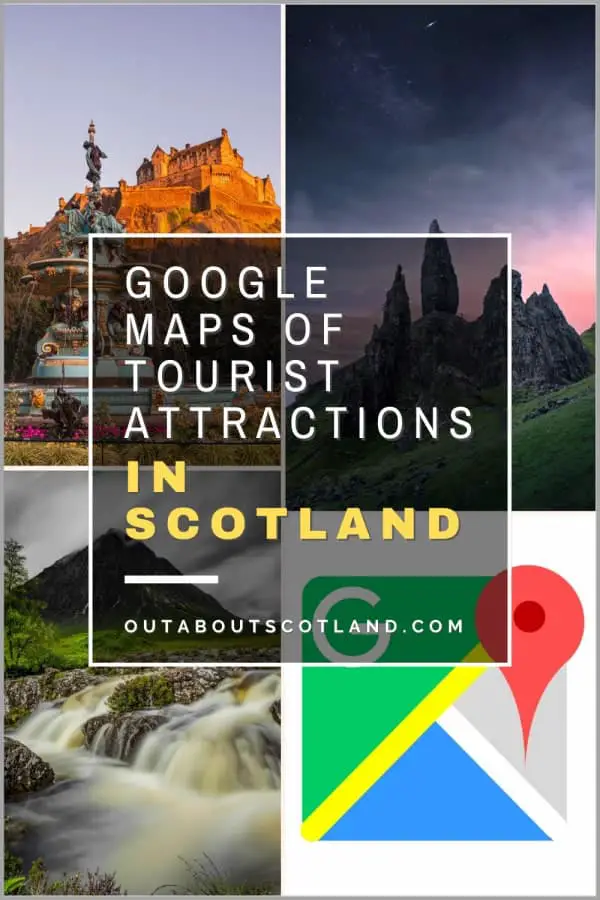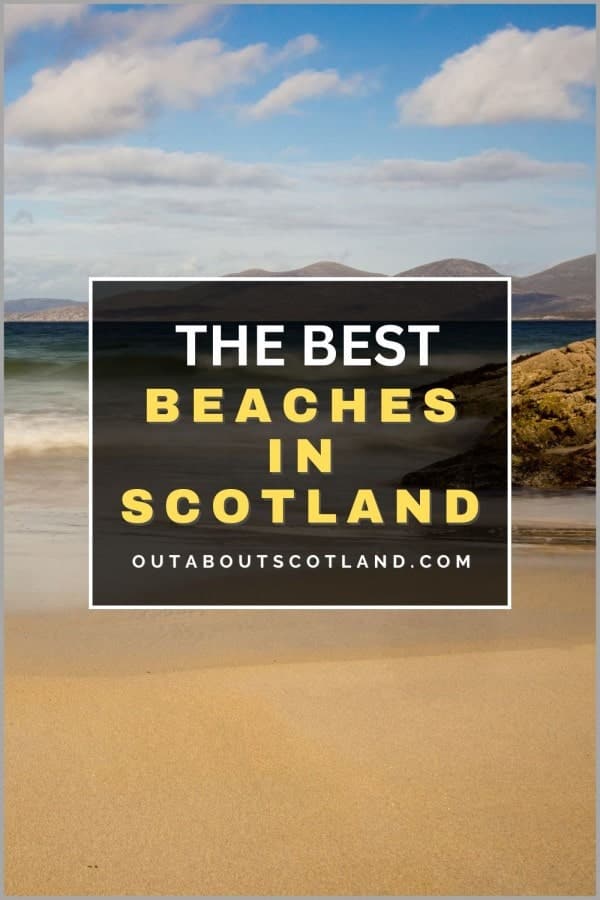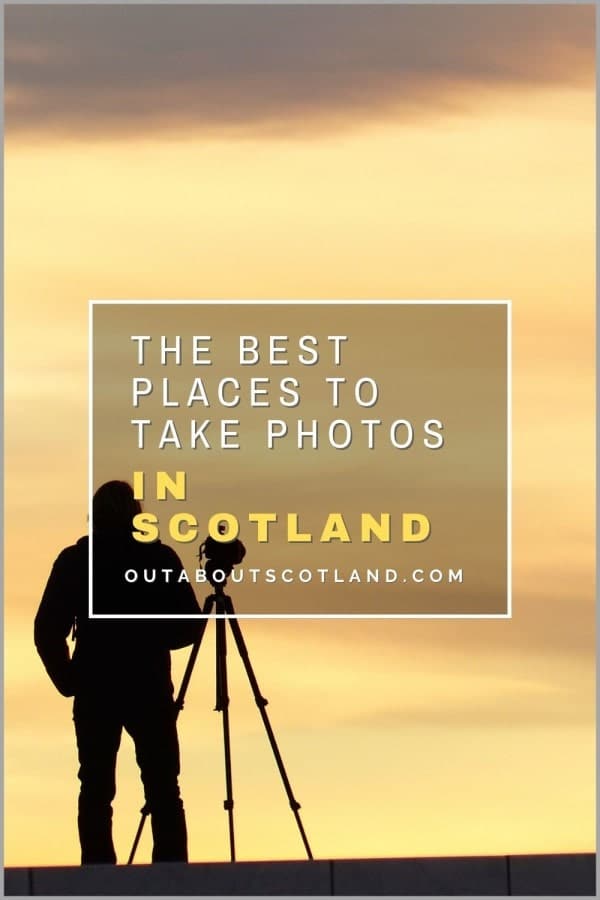Winter in Scotland is an amazing time, especially if you love exploring the great outdoors. There’s something magical about the country when winter visits, and there are more things to do in the off-season than you might expect.
In this article, I’ll show you the top activities to enjoy in Scotland between November and March, whether you want to see wildlife, go on an invigorating walk, or take part in exciting sports, along with a couple of other winter activities that just might surprise you.
Wildlife Watching in the Highlands
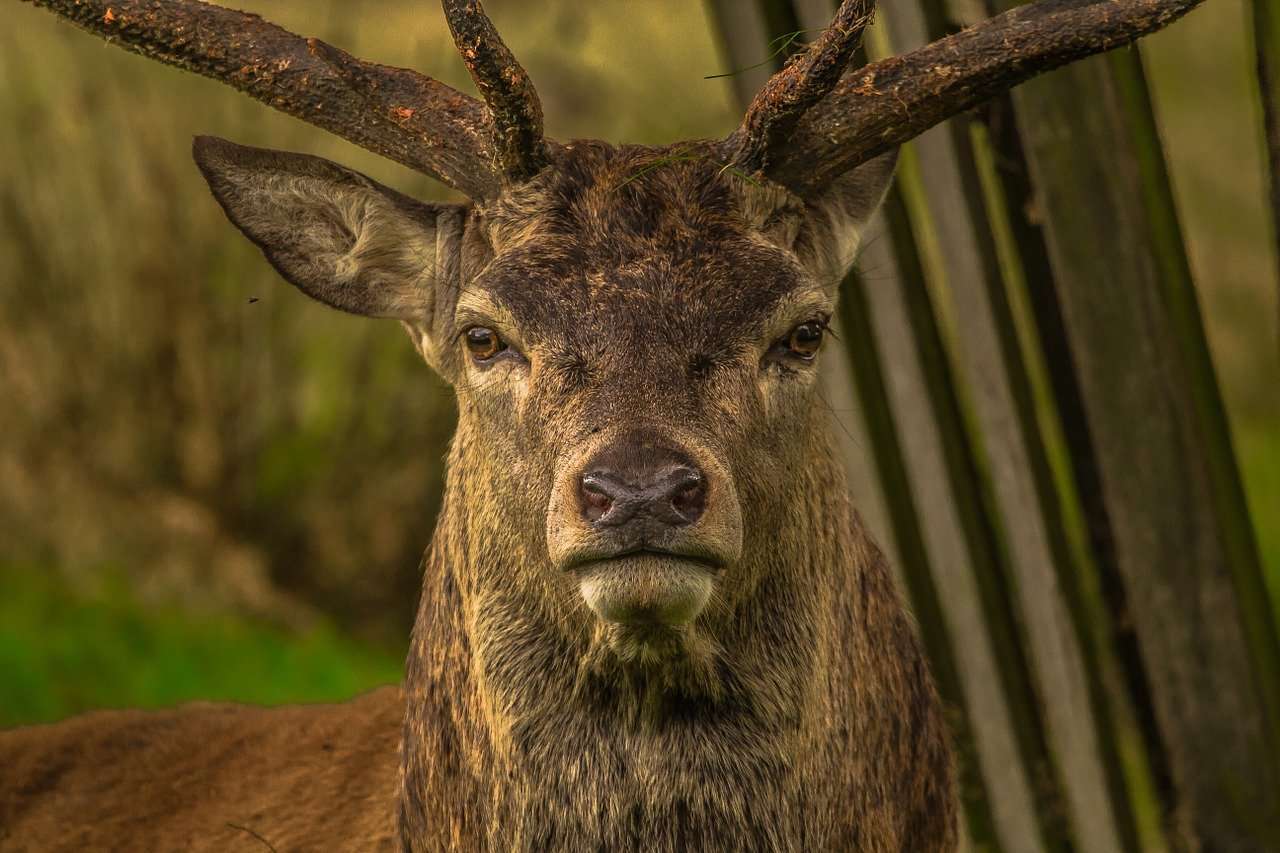
The Scottish Highlands are stunning at all times of the year but there’s certainly something magical about the region in winter when the skies are dark and brooding and there’s a brilliant white layer of snow across the mountains.
You might think that wildlife watching in winter is pointless as animals curl up in a nest to hibernate, but the fact is that lots of mammals and birds are just as active in winter as in summer, and in fact, many are easier to spot when the temperature falls.
Rodents are the largest animal group to hibernate as their food sources are scarce in winter and they’d need large fat reserves to stay warm if they were rummaging around in the depths of winter, so instead they snuggle up and slow down their heart rate to burn as few calories as possible.
Larger animals are much better suited to Scotland’s winter climate as they can roam great distances in search of food, and due to the lack of foliage, they’re also easy to see as they descend from the cold high-altitude mountain peaks to the warmer low-level glens.
The best-known and arguably the most popular Scottish wild animals are red squirrels and red deer, both of which are found throughout the Highlands. Red squirrels are sadly in decline in large parts of Britain but Scotland has several strongholds where they’re flourishing, notably Perthshire, Aberdeenshire, and the Trossachs.
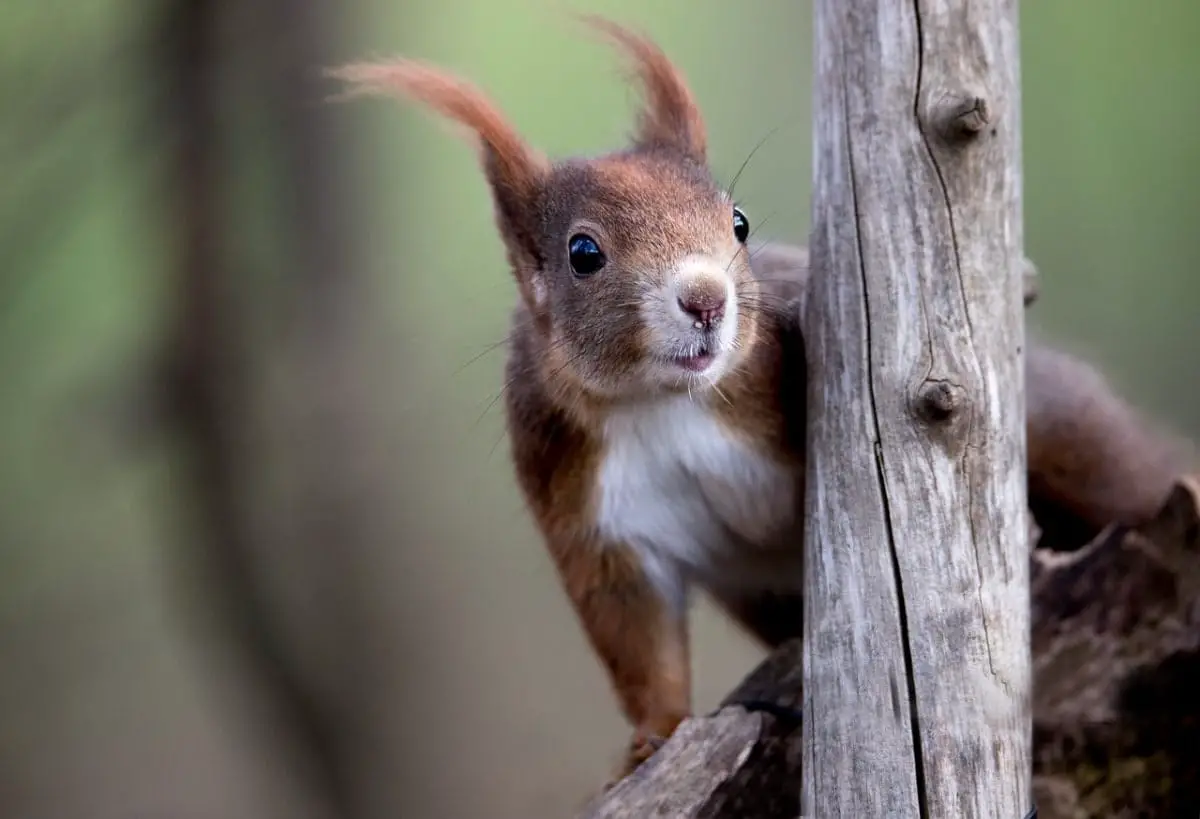
One of the best times of year to see red squirrels is January to March which is their mating season, so if you’re in Scotland’s forests at that time of year keep looking up at the trees where you will likely see them retrieving the nuts they’ve hidden amongst the branches.
I’ve created a Complete Guide to Red Squirrels in Scotland that will tell you everything you need to know about these cute furry critters.
Red deer can also be seen throughout the Highlands but Galloway Forest Park has one of the largest populations, as does Glen Affric and the Isle of Skye.
The best time of day to see them is early morning and evening when they leave the edges of the forest to forage for food in the surrounding fields and moorland, but for the rest of the day you’ll need sharp eyes as they retreat to the safety of the trees where their coats camouflage them.
Bird watchers have a variety of species to watch including the Ptarmigan – a type of grouse – and birds of prey such as golden eagles and red kites. These birds are mostly found in the Highlands and especially in the Cairngorms, but if you head to the coast you’ll also see sea eagles – otherwise known as ‘the flying door’ due to their 8-foot wingspan.
| Popular Scottish Animals to Watch in Winter | Highlands | Coast |
|---|---|---|
| Mammals | ||
| Harbour porpoise | ✓ | |
| Otter | ✓ | |
| Common seal | ✓ | |
| Red deer | ✓ | |
| Red squirrel | ✓ | |
| Birds of prey | ||
| Golden eagle | ✓ | ✓ |
| Sea eagle | ✓ | ✓ |
| Common buzzard | ✓ | ✓ |
| Peregrine falcon | ✓ | ✓ |
| Red kite | ✓ | ✓ |
| Sea and coastal birds | ||
| Pink-footed goose | ✓ | |
| Dotterel | ✓ | ✓ |
| Oystercatcher | ✓ | |
| Greylag goose | ✓ | |
| Highland birds | ||
| Snow bunting | ✓ | ✓ |
| Scottish crossbill | ✓ | |
| Chough | ✓ | |
| Ptarmigan | ✓ | |
| Grouse | ✓ |
Protect Your Family From Scotland's Biting Midges
- Powerful, reliable protection for up to 8 hours
- Water- and sweat resistant
- Repels midges, mosquitoes, horse flies, sand flies, fleas and ticks
- Safe for use on adults, children over 30 months and pregnant women
- Non-sticky, moisturising with a pleasant fragrance
- Packaging may vary
Get Off-Road on a Fat Bike
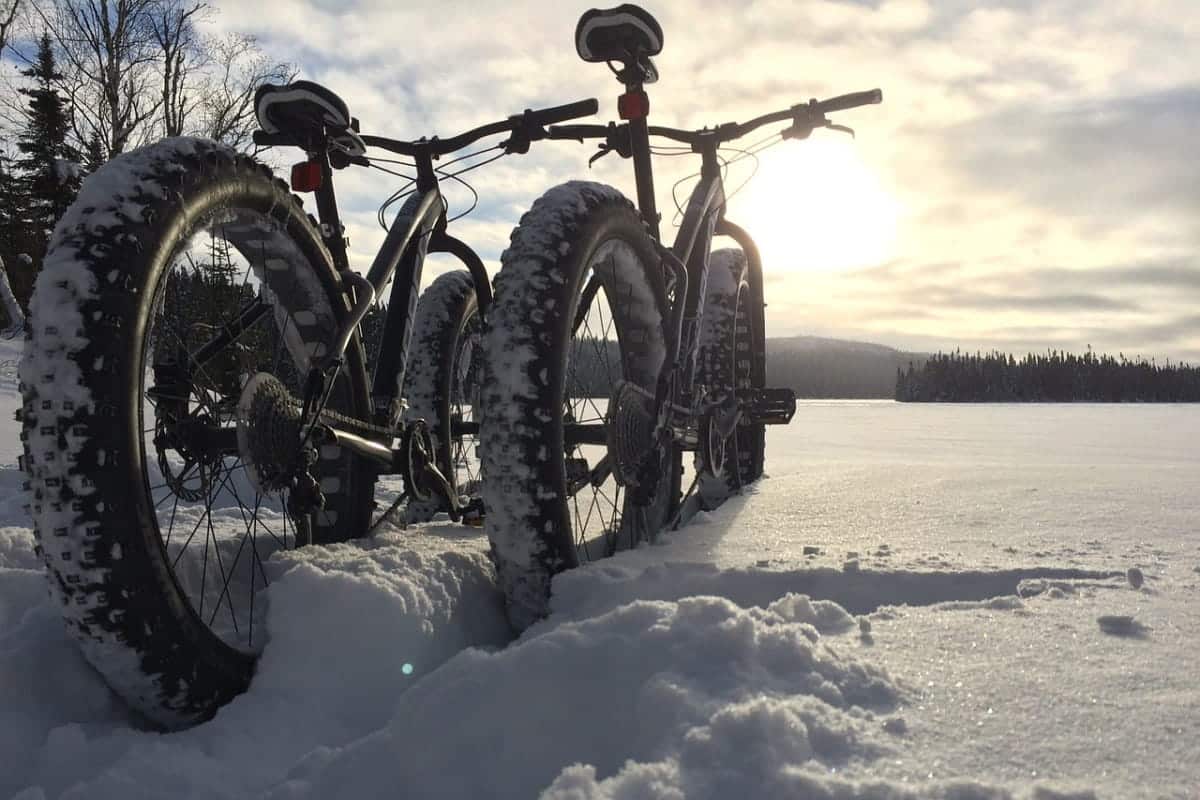
I have to admit I’m a big fan of mountain biking in Scotland as it’s the best way to experience the different landscapes. Of course, you can always pull your boots on and go for a walk, but you’ll only see a fraction of the country compared to going on a bike ride.
The only downside to motoring along on two wheels is that in winter, the ground becomes treacherous with snow, ice, and mud, and wet rocks and deep puddles are asking for trouble if you’re not adept at reading the terrain. There is, however, a new type of mountain bike that has been designed to zoom across even the worst conditions on giant, oversized tyres that can maintain their grip no matter the weather.
Fat bikes – so-called because of their 5-inch wide tyres – were originally designed to transport locals around the snowy plains of Alaska, but they’re equally at home on sand and mud. Unlike normal mountain bikes, fat bikes have low tyre pressures of anywhere between 10-20 psi which gives them exceptional grip, but it also means the tyres act as very effective shock absorbers.
It’s this ability to cope with all terrains that has made fat biking one of the fastest-growing sports in Scotland, and you’ll no doubt see them on forest trails, beaches, and mountain ridges in all regions of the country.
Before you go skipping off to your nearest bike shop to purchase a fancy new set of fat bike tyres you should know they are not compatible with standard bikes due to their width. That means if you want to go fat biking you will need a dedicated fat bike with a specialized frame – which can be quite expensive for a good one.
Britain’s biggest mountain bike magazine MBR suggests spending at least £1,000 to get a decent fat bike with prices rising to the multiple thousands for top-level bikes.
There are even electric fat bikes with power assistance for zipping up the steepest of gradients, but be aware they’re still a very niche item so the prices are either extortionate (£5,000 and up for the top brands) or they’re cheap Chinese imitations that will likely fall to bits within a year.
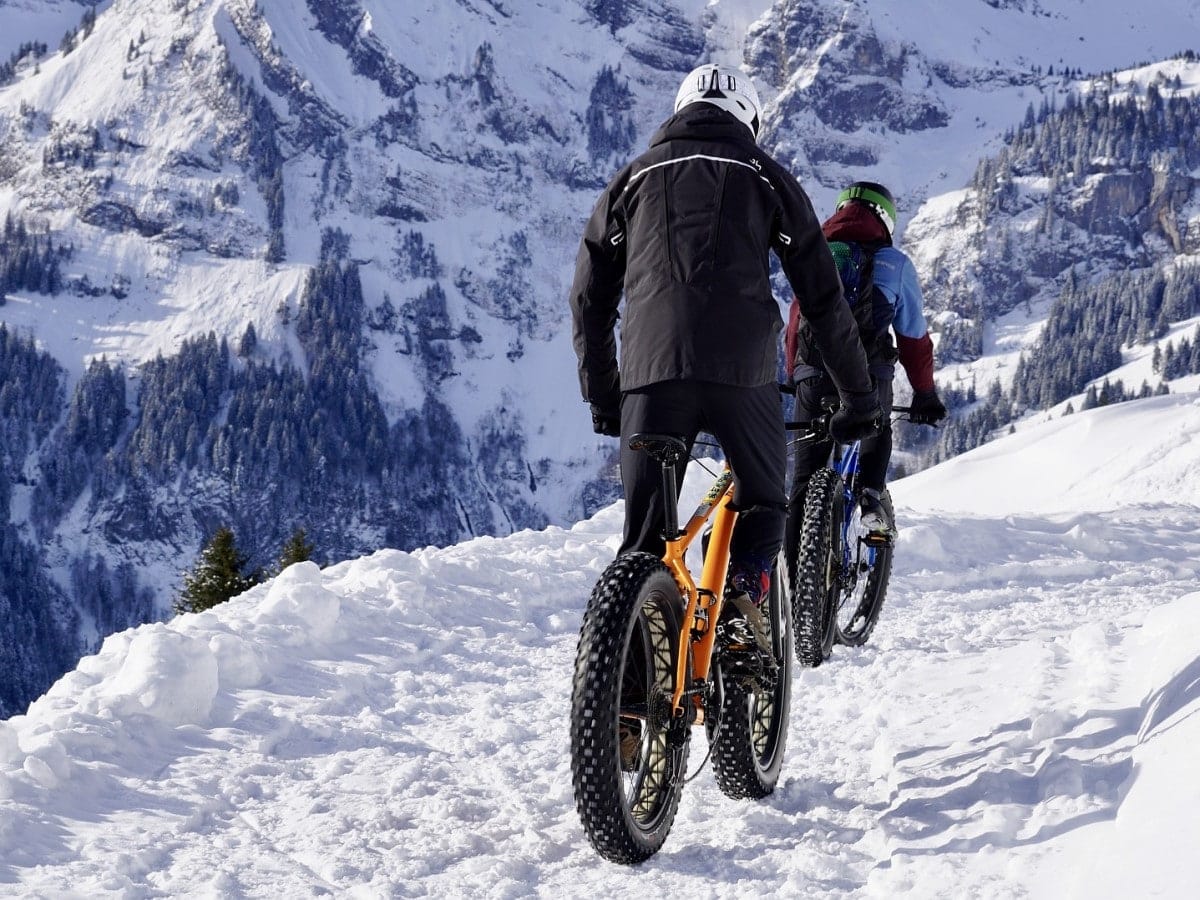
Luckily, most bike hire shops in Scotland have fat bikes in stock which you can rent for around £30 per day (plus a £100+ deposit) and all reputable hire shops will include a helmet, lights and a puncture repair kit.
If you do decide to hire a fat bike, you might be wondering where to go to make use of it, but from my personal experience, I have to recommend East Lothian and the Cairngorms for fat bike tours.
East Lothian might sound like an odd choice but I’m including it as the county has some of the longest and most open golden-sand beaches in Scotland, and a fat bike is a superb way to cycle along the water’s edge for mile after uninterrupted mile.
Recommended beaches are Yellowcraig near North Berwick and the coastline south of Dunbar, both of which are stunning. East Lothian also has the bonus that the picturesque Lammermuir Hills with its many hilltop trails are located just a few miles inland.
The Cairngorms, meanwhile, are chock-a-block full of great mountain bike trails, but a personal favourite is the route from Loch Morlich to Loch an Eilean on the Rothiemurchus estate. This trail takes around 3 hours to complete and it takes in thick forest as well as the lochs, with mountain scenery that’s nothing short of gob-smacking.
If you’d like to find the best wild mountain bike trails in Scotland, I highly recommend you get this Scotland Mountain Biking book from Amazon which features routes between 4 and 180 miles in length for riders of all skill levels.
Stretch Your Legs on a Winter Walk
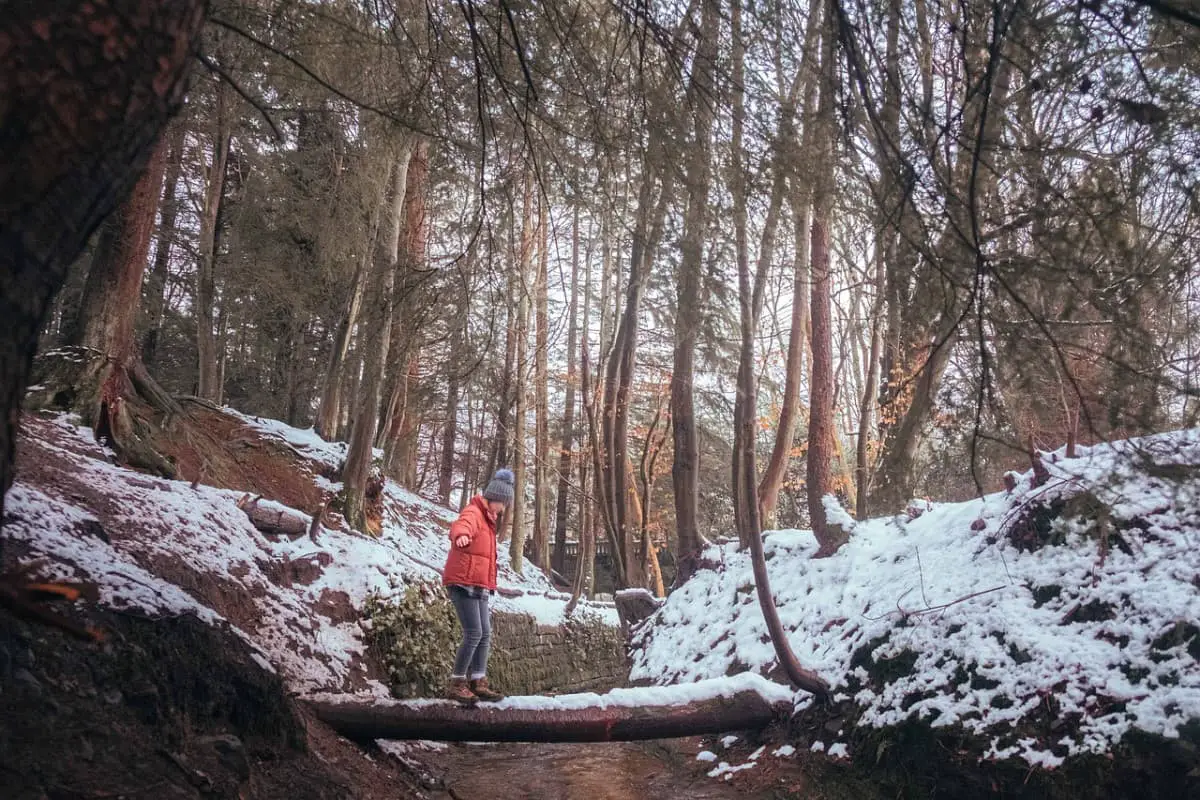
Summer hikes in Scotland are all well and good, but to my mind, the best time to go on a romp through Scotland is winter, especially on those (admittedly rare) days when it’s sunny.
Scotland has a temperate climate so despite what you may have heard most places outside the highest areas of the Highlands are chilly rather than freezing cold and you’ll usually find yourself walking in temperatures that range from 1 to 10 °C from November to March.
That being said, not everywhere is like that and certain regions are renowned for being icy cold, like Braemar in the Cairngorms which is officially the coldest place in Britain having plummeted to -27 °C on more than one occasion.
Still, going for a woodland walk when the ground is crisp or a countryside ramble when the fields are dusted with snow is a wonderful experience, and there’s an almost limitless number of places in Scotland that offer exceptional winter walks.
One of my favourites is the area surrounding Ben Lomond in The Trossachs which is a truly stunning region. While you could scale the summit of the mountain you’ll need to be experienced as it’s quite a hike at over 3,200 feet, but if you stick to the low-lying area that runs alongside Loch Lomond you’ll find it’s very easy-going.
Another recommended walk is The Hermitage in Perthshire which is an exceptionally pretty mixed woodland with well-maintained paths and lots of points of interest including a Victorian folly overlooking a waterfall and a bridge that crosses a high ravine.
If you visit in late autumn you’ll be able to watch salmon leaping their way up the Black Linn Falls as they swim to their spawning grounds, which is regarded as one of Scotland’s top wildlife-watching experiences.
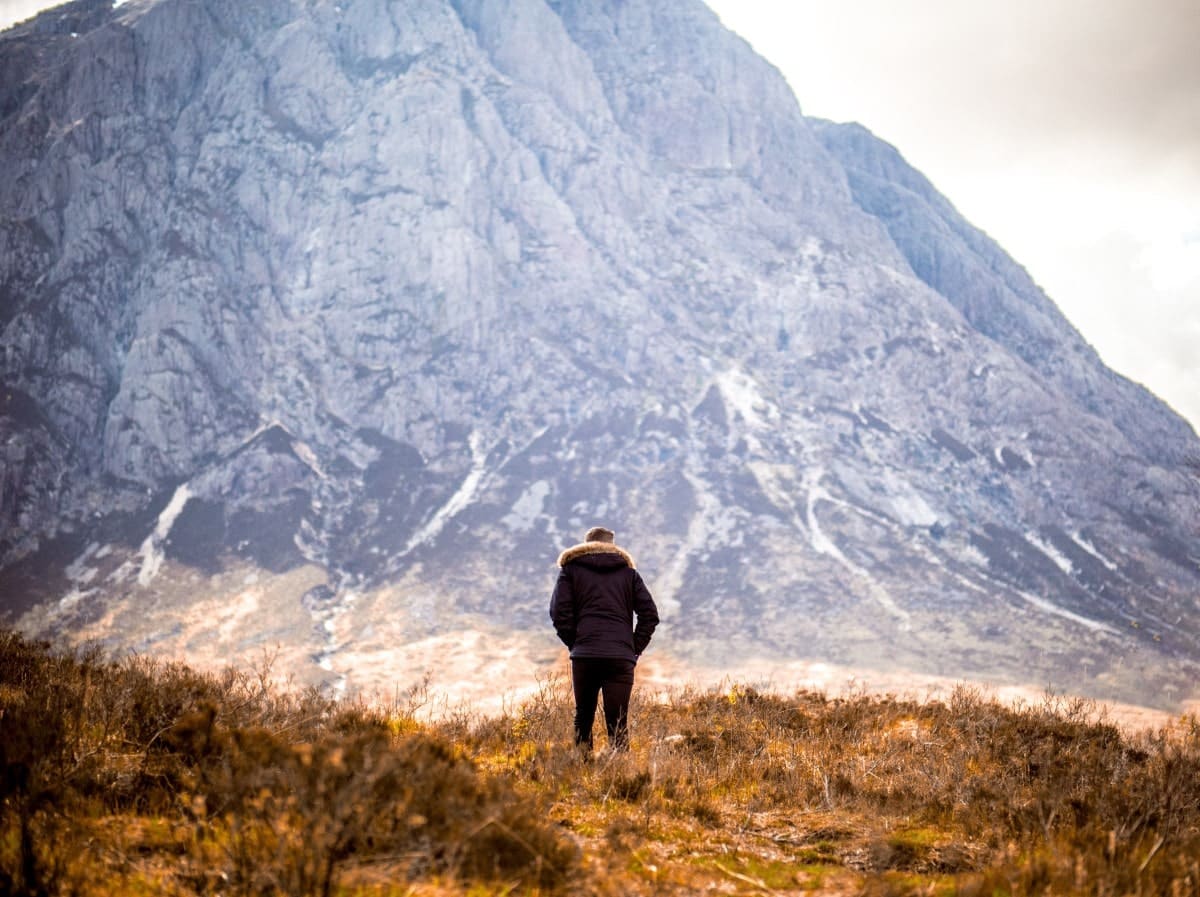
The trees surrounding the falls are some of the tallest in Scotland and many of them are over 100 feet high, which makes a walk through The Hermitage one of the highlights of a visit to Perthshire’s ‘Big Tree Country’.
A downside to The Hermitage is that it’s quite a popular place so if you really want to get away from it all I recommend heading to the final section of The West Highland Way instead which is one of the – if not the – most picturesque walking trails in Scotland.
The route stretches 96 miles from Milngavie to Fort William, but it’s the last section from Kinlochleven that’s the most scenic. From Kinlochleven, you’ll pass between steep mountains on the Great Pass, which threads its way north through lovely woodland before veering towards Glen Nevis.
It’s a spectacular walk so if you’d like to experience it I recommend purchasing the West Highland Way Guidebook from Amazon which is an invaluable resource with route maps and trail tips. Also, take a look at the video below which has lots of useful tips for completing the route.
If you do decide to go for a winter walk in the remotest areas of Scotland you must be aware that Scotland’s weather can change in an instant, and even if you set out in bright sunshine you may return in driving snow.
With that in mind, make sure you pack plenty of warm waterproof clothing in a decent backpack (see my recommended lightweight backpacks), carry a mobile phone with a USB power pack, and keep your extremities warm with a hat and gloves.
Book Tours in Scotland
Enjoy Scotland’s Winter Sports
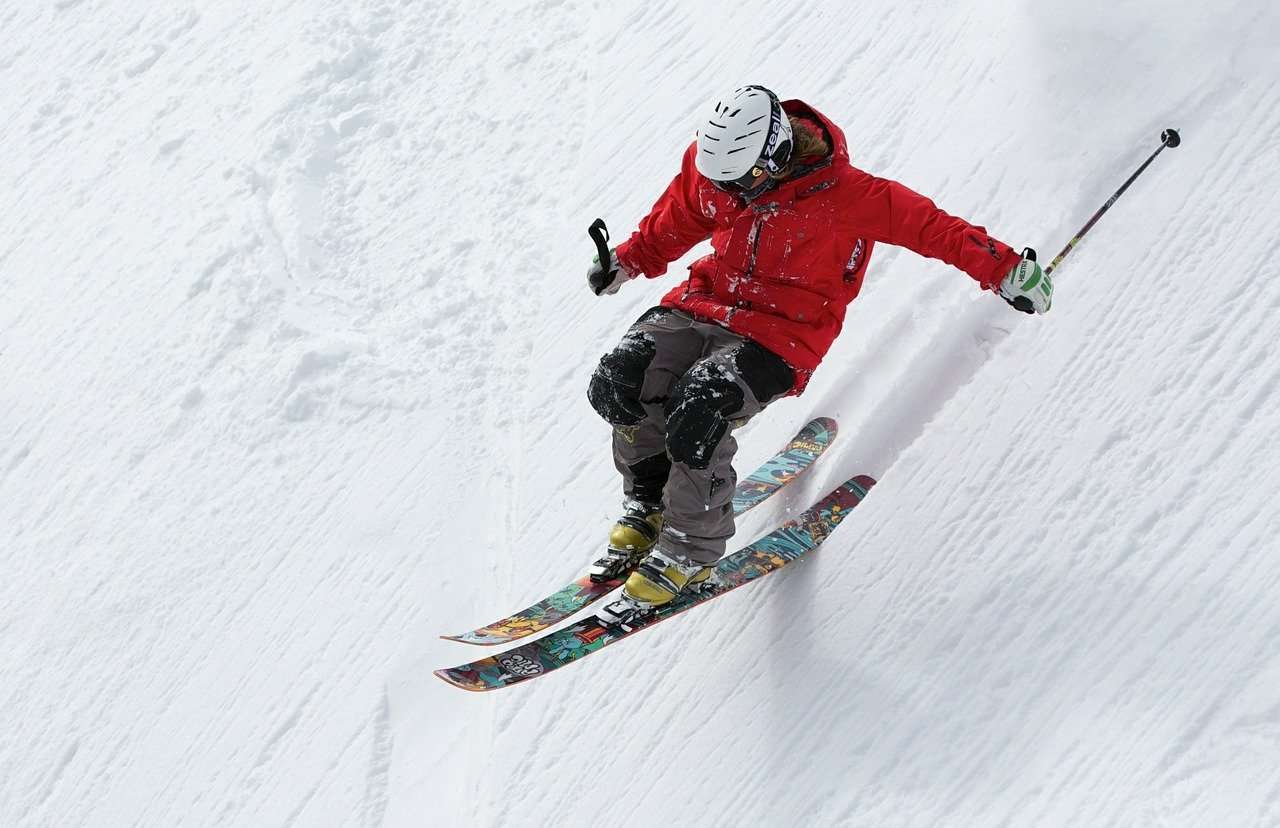
Scotland is a beautiful country with a diverse range of landscapes so it’s difficult to recommend just one specific place to go for snow. However, if you’re looking for a place with a high likelihood of snow during the winter months you might want to consider visiting the Scottish Highlands.
The Highlands are known for their rugged, mountainous terrain and they often receive significant snowfall during the winter, especially at high-altitude locations like the Cairngorms which see a maximum annual snowfall of around 150 cm.
There are six outdoor ski resorts in Scotland which make the country one of the best places to go to get your fix of winter sports, but it’s the skiing (and snowboarding) that attracts most visitors between November and March. You’ll find these resorts in the Nevis Range, Glenshee, the Cairngorms, and Glencoe as well as a few Lowland ski areas like Edinburgh’s Midlothian Snow Sports Centre and Glasgow’s Ski and Snowboard Centre.
While the dry slopes are pretty good, to my mind the best places to strap your skis on are in the wilds of Scotland, with my personal favourite being the Cairngorms. Scotland’s mountains aren’t quite as good for skiing as the Alps, but you’ll still find lots of superb slopes at places like Cairngorm Mountain which has downhill runs that are steep enough to prove challenging to even the most advanced skiers.
You needn’t worry about having to make your way to the top as the Cairngorm funicular will whisk you up there in record time, but there are also ski lifts if the funicular is out of action.
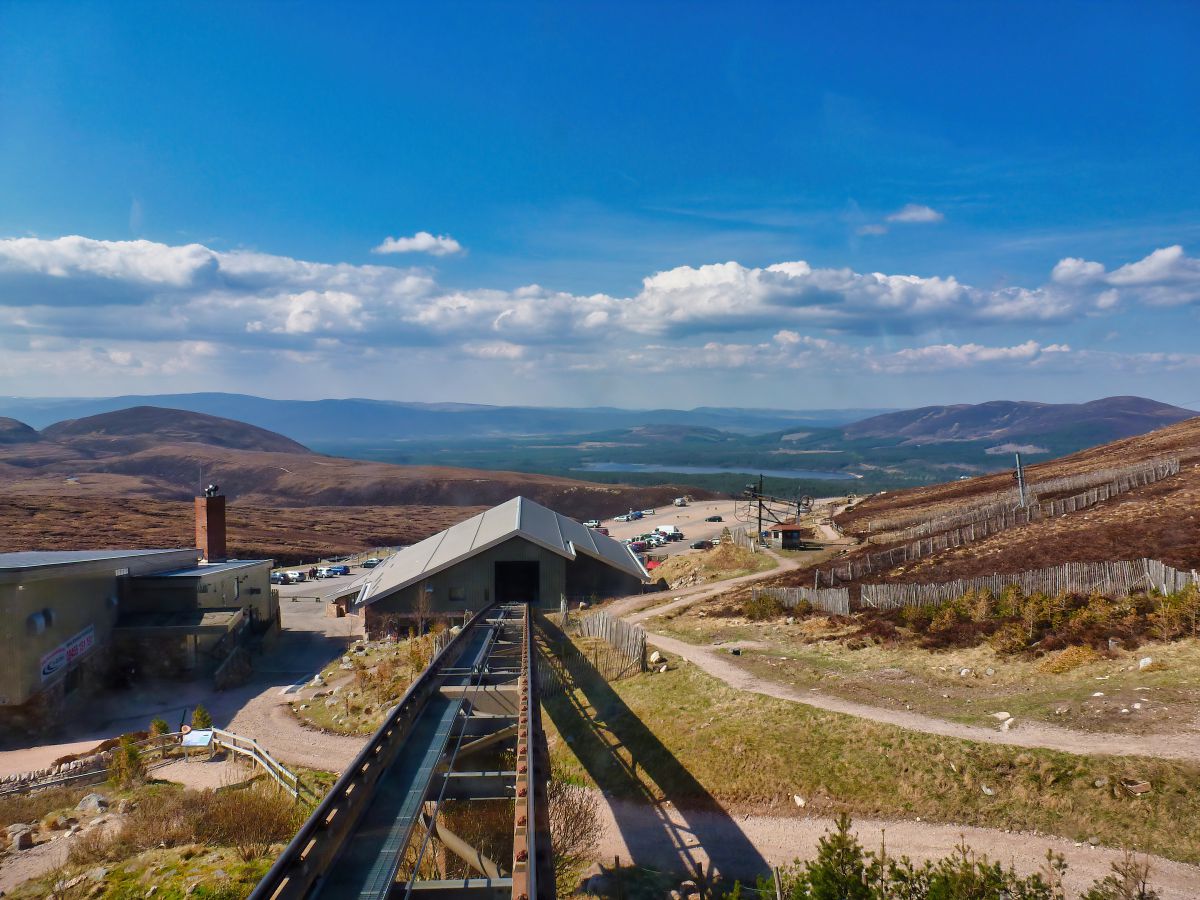
The Cairngorm Mountain Centre is one of the premier snow sports destinations in the UK primarily because the mountain slopes are so good, but also due to the facilities which are pretty much unrivalled in Scotland.
In addition to the funicular (which is a popular tourist attraction in its own right), there’s also a very good restaurant at the top station along with a decent café and gift shop and there are professional guided walking tours into the surrounding mountains if you’re not in the mood for racing downhill.
Children will be kept entertained on the ever-popular tubing runs (giant inflatable rubber rings that you clamber in and go bombing downhill), and there are lots of walking trails down the mountain to the beautiful Glenmore Forest. There’s even a water sports centre 3 miles away at Loch Morlich, as well as the Cairngorm Reindeer Centre where you can go on a guided tour to see Scotland’s only herd of wild reindeer.
Other snow sports centres in the Cairngorms are The Lecht and Glenshee, both of which are smaller than the Cairngorm Mountain Centre but still highly recommended. The Lecht is notable for its snowboard fun park while Glenshee has 36 ski and snowboard runs and a highly-rated snowboard school.
The ski resorts are generally open from December through April, but I recommend visiting from the end of January to the end of February for your best chance of enjoying a thick covering of snow. You’re more or less guaranteed a good snowfall at that time of year, but I still advise checking the Snow Forecast website before making an impromptu trip.
Visit Scotland’s Winter Festivals

Nowhere does winter festivals quite like Scotland, which I guess is down to the fact that our winters are long so we have to make the most of them. In total, there are over 200 festivals staged in Scotland each year, with St. Andrews Day kicking off the winter programme on November 30th. St. Andrew is the patron saint of Scotland, and the festival is as much about Scottish culture and tradition as it is a celebration of St. Andrew himself.
Different regions tend to have different events on the day but they generally include whisky and haggis tastings, Scottish folk music, and ceilidh’s (traditional dancing).
Some of the best St. Andrews Day events are staged in Fife, home to the town of St. Andrews, which is believed to have been founded in the 8th century when part of the patron saint’s remains were buried there. St. Andrews is a picturesque coastal town with a huge amount of history, so it’s worth visiting at any time of the year, but on the 30th of November, it comes alive, and it has to be the ultimate place to party during the national festival.
Another good place to visit on St. Andrew’s Day lies across the Firth of Forth in East Lothian which is the birthplace of the Saltire – Scotland’s national flag – where The Saltire Festival features a range of events from a race day at Musselburgh Racecourse to farmers markets, dances, and formal dinners.
Perhaps the biggest Scottish festival in winter is New Year (also known as Hogmanay) which is a fantastic time to be in Scotland and you’ll find celebrations and festivals on the last day of December happening in every corner of the country.

In my opinion, the best of them all is the Hogmanay Festival in Edinburgh which draws more than 100,000 visitors from across the globe to take part in one of the world’s greatest New Year celebrations. The party held in Princes Street is nothing short of spectacular and it’s one of the biggest street parties in the world where live music is played with a fireworks display set against the dramatic backdrop of Edinburgh Castle.
If you want to take part in something a bit different I recommend you get a ticket for the Hogmanay Torchlight Procession which sees The Royal Mile come alive in the glow of 20,000 torches as their bearers carry them to an outdoor party in Holyrood Park.
Another fun festival that’s held throughout Scotland in winter is Burn’s Night which is staged annually on the anniversary of the bard’s birth on the 25th of January. This event sees Scots across the country celebrate the life and works of the national poet with a night of singing, dancing, eating, drinking, and recitals of Robert Burn’s poetry.
A piper ushering in a haggis, a speech, poetry readings, and several toasts are typically the next formal events, all of which include copious amounts of whisky. It’s a wonderful event, and it’s definitely worth getting tickets if you’re in Scotland at the end of January.
Protect Your Family From Scotland's Biting Midges
- Powerful, reliable protection for up to 8 hours
- Water- and sweat resistant
- Repels midges, mosquitoes, horse flies, sand flies, fleas and ticks
- Safe for use on adults, children over 30 months and pregnant women
- Non-sticky, moisturising with a pleasant fragrance
- Packaging may vary
See the Aurora Borealis
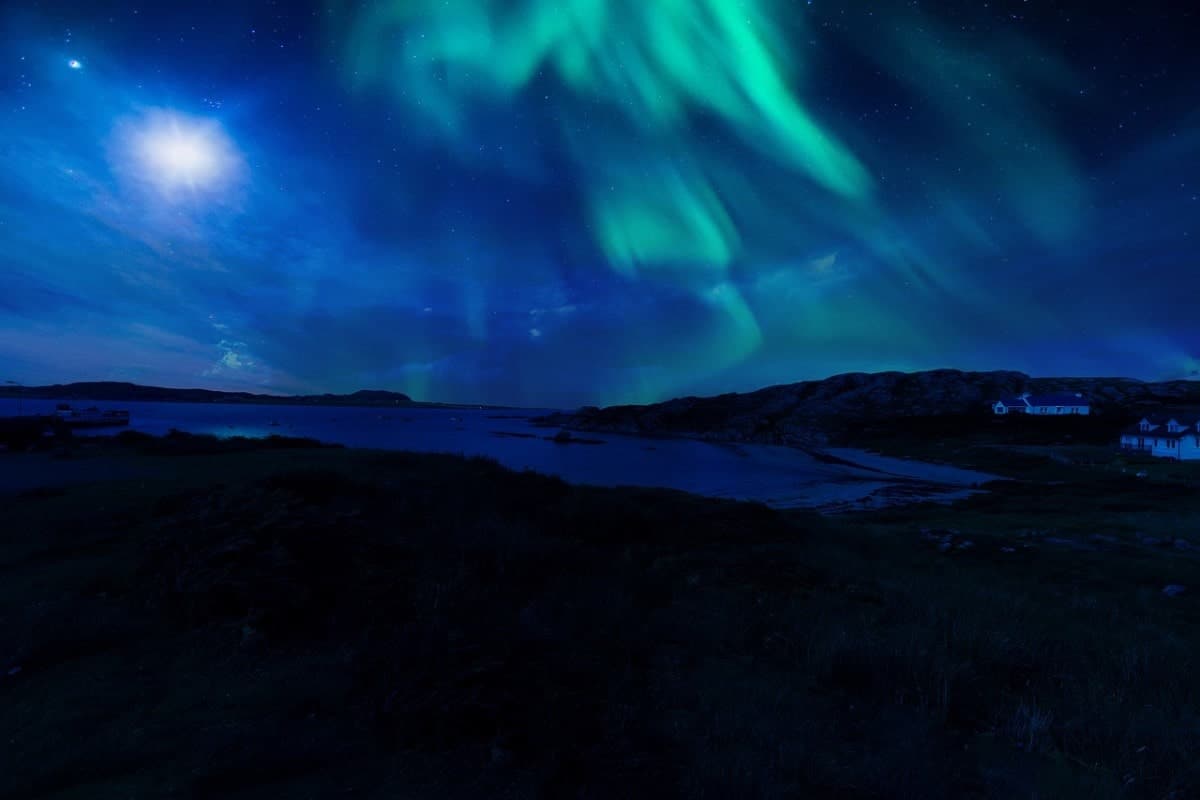
Who needs to pack a suitcase and travel to Iceland when you can see the spectacular light show of the Aurora Borealis right from the comfort of our very own Scotland?
The aurora, if you’re not aware, is a celestial dance of lights played out in the night sky by a very common phenomenon, but one that can only be seen when there’s hardly any light pollution. Electrically charged solar particles that enter the earth’s atmosphere and collide with gases like oxygen and nitrogen are the cause of it.
The aurora appears as shimmering bands of light that increase in intensity as the evening progresses, with flickering ribbons replaced by intense coronas within a matter of minutes. The colours are predominantly green but you’ll also see them in red, yellow, blue and violet with arcs, shooting rays, and rippling curtains appearing as the earth’s gases are lit up.
In Scotland we call these lights ‘Mirrie Dancers’ and they’re often seen in the remotest parts of the country during autumn and winter when the nights are long, cold, and clear, and there is a good amount of solar activity.
There are a few meteorological reports about solar activity online but they’re quite difficult to understand, so thankfully Aurora Watch UK has put together a great all-in-one forecast page with constantly updated data.
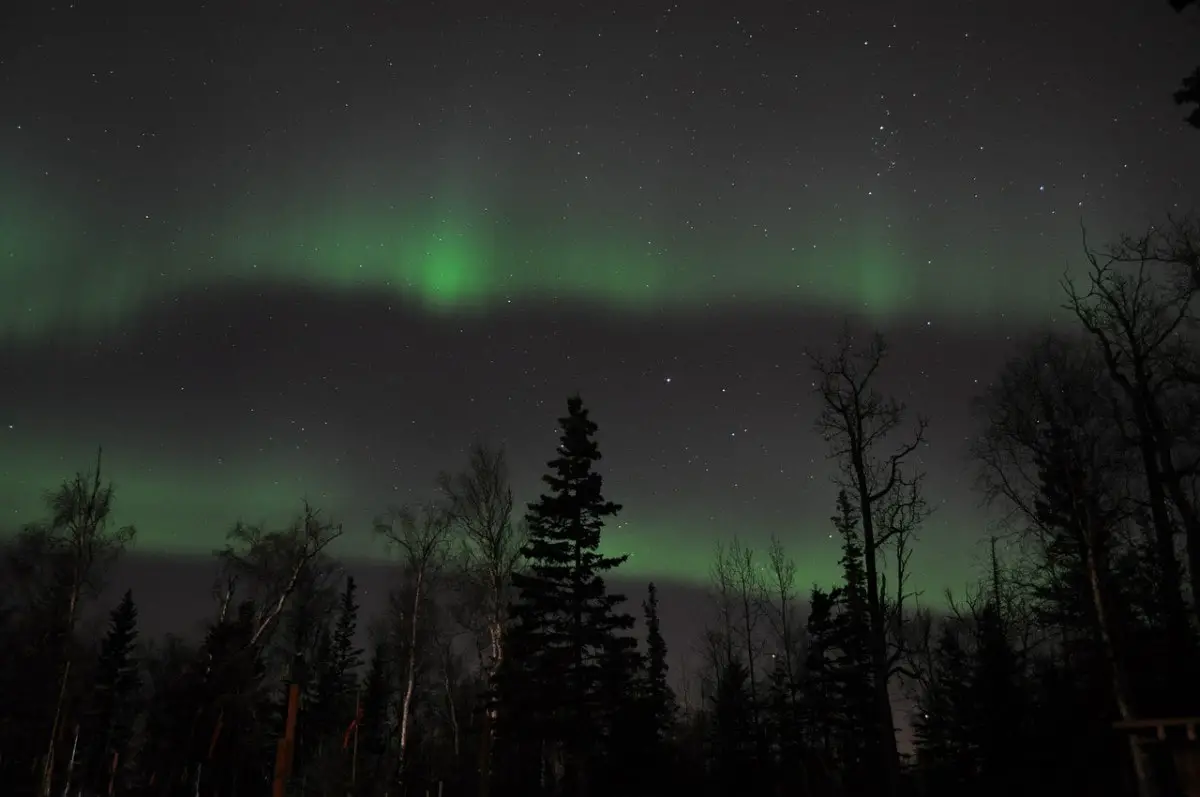
Two major factors that determine how well you see the aurora, which is the amount of light pollution in the area and the quality of your night vision. With regards to the latter, you can easily substitute poor eyesight with a good camera and lens on a tripod.
If you point your camera at the night sky on a long exposure—say 15 seconds—the sensor will pick up much more light than your eyes will, and you’ll capture some truly amazing photographs of the aurora.
With regard to light pollution, it’s practically impossible to see the aurora in a city so don’t bother sticking your head out the window if you’re in Glasgow or Edinburgh, but instead drive to areas of Scotland where towns are few and far between, ideally a long distance from busy roads.
The best places to go to see the aurora are dark sky parks which are regions that have virtually no human populations for fifty miles or more in any direction.
A great resource for finding dark skies is the International Dark-Sky Association website which lists the darkest regions in each country, and they list four official dark sky areas in Scotland: Moffat, Galloway Forest Park, The Isle of Coll, and Glenlivet in the Cairngorms. Other good locations for aurora-watching are: Rannoch Moor, Perthshire, Shetland and Orkney, Lewis and Harris, and Skye.
If you’d like to know more, I’ve created a complete and in-depth guide about viewing the Northern Lights in Scotland.
Go Dog Sledding
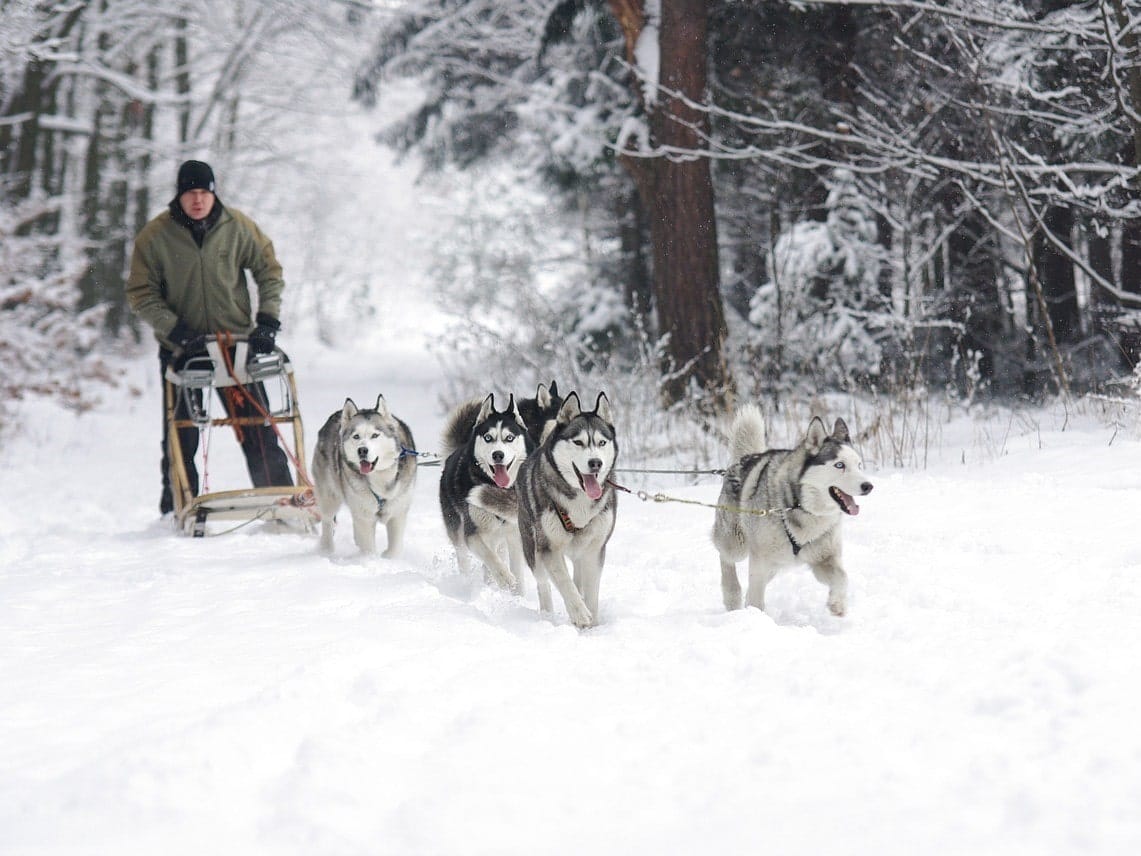
Dog sledding is a sport that is becoming more and more well-liked where riders compete in time trials on karts pulled by teams of dogs around all-terrain circuits. The sport originated from the practice of Inuit Indians who transported themselves across the snow on sleds pulled by huskies, but here in Britain, we’ve refined the concept with wheeled karts pulled by teams of mixed breeds of dogs.
The convenience of wheels over skis means the sleds can be pulled on any terrain in any weather, and dog sledding is now no longer a sport reserved for the months when there’s heavy snowfall (handy considering Scotland’s winter weather is becoming increasingly temperate).
There are several dog sledding tours and activity centres located across the Highlands, but one I recommend (due to the fact that I’ve used them) is Husky Haven, located 15 miles south of Aberdeen. I know some people are complaining that dog sledding is a cruel sport, but I’d like to acknowledge that the dogs at Husky Haven were in great condition and were well-loved by the team.
More importantly, the dogs enjoyed pulling the sled along and it was obvious they couldn’t wait to get started even while they were being harnessed up. And when they finally did get going – whoosh! We were off like a rocket with a cacophony of excited whines ahead and the whirr of speeding wheels to the rear.
Sled rides last around 2-4 hours which is more than enough time to get to grips with handling the kart as well as helping to prepare the dogs beforehand. Along the way, there’s mile after mile of beautiful scenery to enjoy during the day, as well as evening rides where it’s possible to sled along under the lights of the Aurora Borealis (what an experience that must be…).
A quick Google will bring up several dog-sled organisations, which I won’t comment on as I haven’t personally used them, but you might consider taking a quick look at the TripAdvisor reviews to read the opinions of previous visitors.
Book Tours in Scotland
Resources
- Walk Highlands: Detailed hiking maps and route information with photos to help you get your bearings. This is an invaluable website for planning winter walks.
- Ordnance Survey has a great service where for around £25 a year you can download an unlimited number of OS maps to your mobile device. I use the app myself and I’ve lost count of the number of times it saved me when I’ve been out hiking in winter but forgot to pack a paper map.
- Traffic Scotland: Provides updated road and rail information that includes disruptions to services due to bad weather.
- Google Maps. Where would we be without Google Maps? Google Maps includes directions for travellers on foot, car and public transport.
- The Met Office is the official body of UK meteorology and in my experience their forecasts are the most accurate. A great alternative is Open Weather which has an easy-to-read layout on their website.
- SnowForecast.com is one of the best resources for finding out if snow is falling in Scotland. They have a free 6-day forecast, but if you sign up you can access their 9-day forecast.
- Outaboutscotland.com has lots of articles that include tips and advice on the best places to visit in Scotland, what to do in each region and suggestions for tourist attractions to add to your sightseeing itinerary.
You Might Also Like:
- Scotland Winter Travel Tips & Advice for Visitors
- Things to do in Scotland in Winter: The Ultimate Guide
- Scotland in January: The 10 Best Places to Visit
Frequently Asked Questions
Is Scotland worth visiting in winter?
Winter is a great time to visit Scotland for anyone who loves wintry landscapes and fresh snow-capped mountain peaks.
Popular snow sports locations are the Cairngorm, Nevis and Glencoe mountain ranges which offer ski slopes of various grades. Scotland’s cities have lots of festivals in winter with highlights including Edinburgh’s Christmas and Hogmanay festivals, and Glasgow’s festive lights display.
What is Scotland’s weather like in winter?
It’s impossible to predict in advance what Scotland’s weather will do in winter, but generally, you can expect 0 to 5 °C from November to March and 7-9 hours of daylight (less the further north you go).
Around half the days each month will be overcast and rainy, and between November to March you can expect 2-3 weeks of snowfall in the Lowlands and 100 days of snow in the Highlands.
Is winter the rainiest season in Scotland?
Scotland receives the highest amount of rainfall in the United Kingdom, and statistically, the rainiest month is December with an average of 200 mm of rainwater.
This changes from north to south and east to west, with the west coast traditionally being wetter than the east coast and the Highlands being wetter than the Lowlands.
Can you see the aurora borealis in Scotland in winter?
It is not usual to see the aurora borealis in Scotland in the winter unless you are far away from towns and cities. The months between September and March offer the best opportunities, as the nights are much longer than the rest of the year.
Galloway Forest Park, which is a dark-sky park and has little light pollution, is one of the best places to see the aurora. Note that the aurora can only be seen when there is strong solar activity.
Protect Your Family From Scotland's Biting Midges
- Powerful, reliable protection for up to 8 hours
- Water- and sweat resistant
- Repels midges, mosquitoes, horse flies, sand flies, fleas and ticks
- Safe for use on adults, children over 30 months and pregnant women
- Non-sticky, moisturising with a pleasant fragrance
- Packaging may vary



